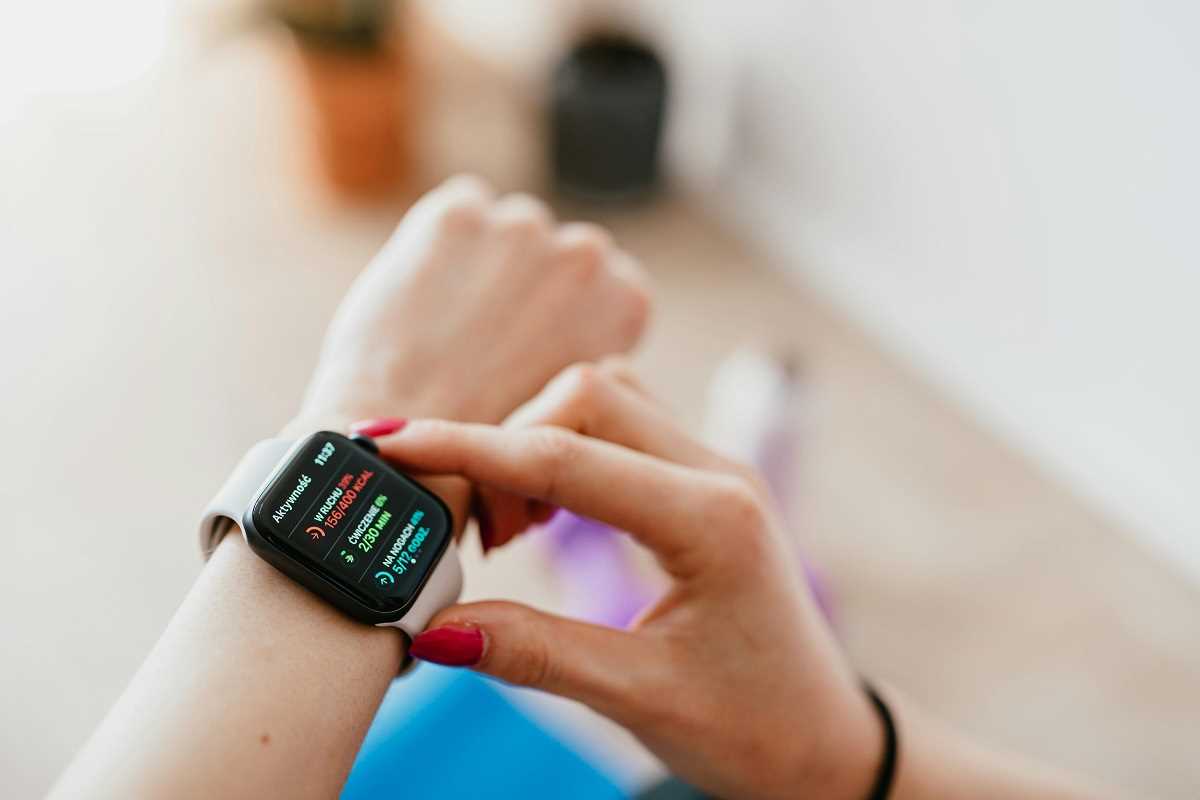We often take our heart for granted. It beats over 100,000 times a day, keeping us alive and moving, but how often do we stop to think about its health? For many office workers, long hours spent sitting, tight deadlines, and a lack of physical activity can put extra strain on this vital organ. Thankfully, advancements in early detection techniques have made it easier to spot heart-related issues before they become serious. Understanding these techniques isn’t just for doctors; it’s crucial for anyone who wants to stay ahead of potential problems.
Here, we'll break down common early detection methods for heart health, explaining them in plain terms and showing why they matter to you.
Why Early Detection is a Lifesaver
Heart disease is the leading cause of death worldwide. The good news? Many heart-related problems are preventable. Early detection plays a huge role here. By catching warning signs early, doctors can address potential risks before they develop into full-blown conditions like heart attacks, strokes, or heart failure.
Think of your car. If your check engine light comes on and you take it to the mechanic right away, you save yourself from a potential breakdown on the highway. Early detection works the same way for your heart. Whether it’s through routine checkups or specific tests, spotting small red flags early means you can make adjustments to prevent major issues later.
Common Risk Factors to Watch For
Before we jump into techniques, it’s worth knowing what can increase your risk of heart problems. Common culprits for office workers include:
- Sedentary Lifestyle: Sitting for hours on end can lead to poor circulation and weight gain, which strain your heart.
- Stress: Tight deadlines and high-pressure work environments can raise your blood pressure and cholesterol.
- Poor Diet: Busy schedules often lead to unhealthy snacking or fast food, which can result in clogged arteries.
- Family History: If heart disease runs in your family, you may be more at risk.
- Smoking and Alcohol Use: Both are harmful to your heart, increasing the risk of heart attacks and stroke.
Understanding these factors helps highlight why early detection is so important.
Early Detection Techniques Explained
1. Blood Pressure Monitoring
High blood pressure, or hypertension, is often called the “silent killer” because it usually has no symptoms. However, it’s one of the top contributors to heart disease. Regularly checking your blood pressure is one of the simplest ways to stay on top of your heart health.
A blood pressure cuff measures the force of your blood against your artery walls. If your numbers are consistently above 120/80 mmHg, it’s a sign to focus on lifestyle improvements or seek medical advice.
For office workers, consider investing in a home monitor. Many pharmacies also offer quick blood pressure checks if you need an easy option during a lunch break.
2. Blood Tests
Blood tests can reveal a lot about what’s happening inside your body. Doctors may look at your cholesterol levels to assess your risk of heart disease. Specifically, they’ll check for LDL (the "bad cholesterol") and HDL (the "good cholesterol").
Additionally, blood tests can measure triglycerides, a type of fat linked to clogged arteries, and markers of inflammation, such as C-reactive protein (CRP), which is associated with heart health issues. While the process is simple, the results can provide critical insights into what’s happening with your cardiovascular system.
3. Electrocardiogram (ECG or EKG)
An electrocardiogram is a quick, painless test that checks the electrical activity of your heart. It helps identify irregular heart rhythms, signs of a previous heart attack, or even an enlarged heart.
During an ECG, electrodes are placed on your chest, arms, and legs to record your heart’s rhythm and activity. The results can often provide immediate indications of potential problems. If you’ve been experiencing symptoms like chest pain, dizziness, or shortness of breath, your doctor might recommend this test.
4. Coronary Calcium Scans
This one sounds high-tech, and it is. A coronary calcium scan uses a CT scanner to look for calcium deposits in your coronary arteries. Too much calcium buildup in these arteries can lead to narrowing or blockages, increasing your risk of heart disease or heart attack.
While this test isn’t used for everyone, it’s extremely useful for people with borderline risks or those wondering if medication or lifestyle changes are necessary.
5. Stress Testing
Ever wondered what happens to your heart under pressure? A stress test examines how your heart performs during physical activity, typically while walking or jogging on a treadmill. If your heart has trouble getting enough oxygen during exercise, the test can pick up on it.
For office workers who don’t get much physical activity, this test can be an eye-opener. Stress testing helps tailor treatment plans for conditions like coronary artery disease.
6. Wearable Tech
Smartwatches aren’t just for tracking steps anymore. Modern devices like the Apple Watch or Fitbit can monitor your heart rate and even detect irregular rhythms like atrial fibrillation (AFib), which can increase your stroke risk.
These wearables provide actionable insights into your daily activity levels and heart health, and many send alerts for abnormal readings. They’re not a replacement for medical-grade tests, but they’re a great first step for staying informed.
What Happens if Something is Detected?
If an early detection method reveals a potential issue, don’t panic. Many heart conditions are manageable with the right interventions. Steps might include:
- Lifestyle Changes: Small tweaks like adding a daily walk to your routine, eating healthier, and finding ways to reduce stress can make a big difference.
- Medications: Doctors may prescribe treatments like blood pressure medication, statins (for cholesterol), or other heart-specific medicines.
- Further Testing: Additional tests like echocardiograms or MRIs may be needed to confirm or better understand the issue.
- Medical Procedures: For more advanced cases, treatments like stents or surgeries may be recommended, though these are typically reserved for critical situations.
The key takeaway is that early detection gives you options. The sooner you know, the more control you have over your health.
Easy Heart-Healthy Tips for the Office
You don’t have to overhaul your entire lifestyle to support your heart health. Small, consistent changes can go a long way. Here are a few heart-friendly strategies that work well for office workers:
- Take mini-breaks to stand up and stretch every hour.
- Swap sugary snacks for heart-healthy options like nuts or fruits.
- Use the stairs instead of elevators when possible.
- Pack your lunch to avoid fast food temptations.
- Practice deep breathing or mindfulness to fight work stress.
Even simple efforts like drinking more water and getting 30 minutes of exercise most days can pay off.
The Role of Community and Awareness
Maintaining heart health isn’t just an individual responsibility; it’s a community effort. Encourage colleagues to join you for walks during lunch breaks or start a wellness challenge at work. Raising awareness about early detection techniques and heart health can inspire others to take action, too.
Many local communities and health organizations even offer free screenings or educational events. Participating in these opportunities can provide additional motivation to stay proactive.
Your heart works tirelessly to keep you going, and it deserves regular care in return. With advances in early detection techniques, maintaining heart health has never been easier. Whether through routine checkups, wearable gadgets, or simple lifestyle tweaks, staying informed is the best thing you can do for yourself.
If you’re an office worker with long hours and limited movement, don’t wait for symptoms to appear. Take the time to explore these early detection methods and set yourself up for a healthier future.
 (Image via
(Image via.jpg)





